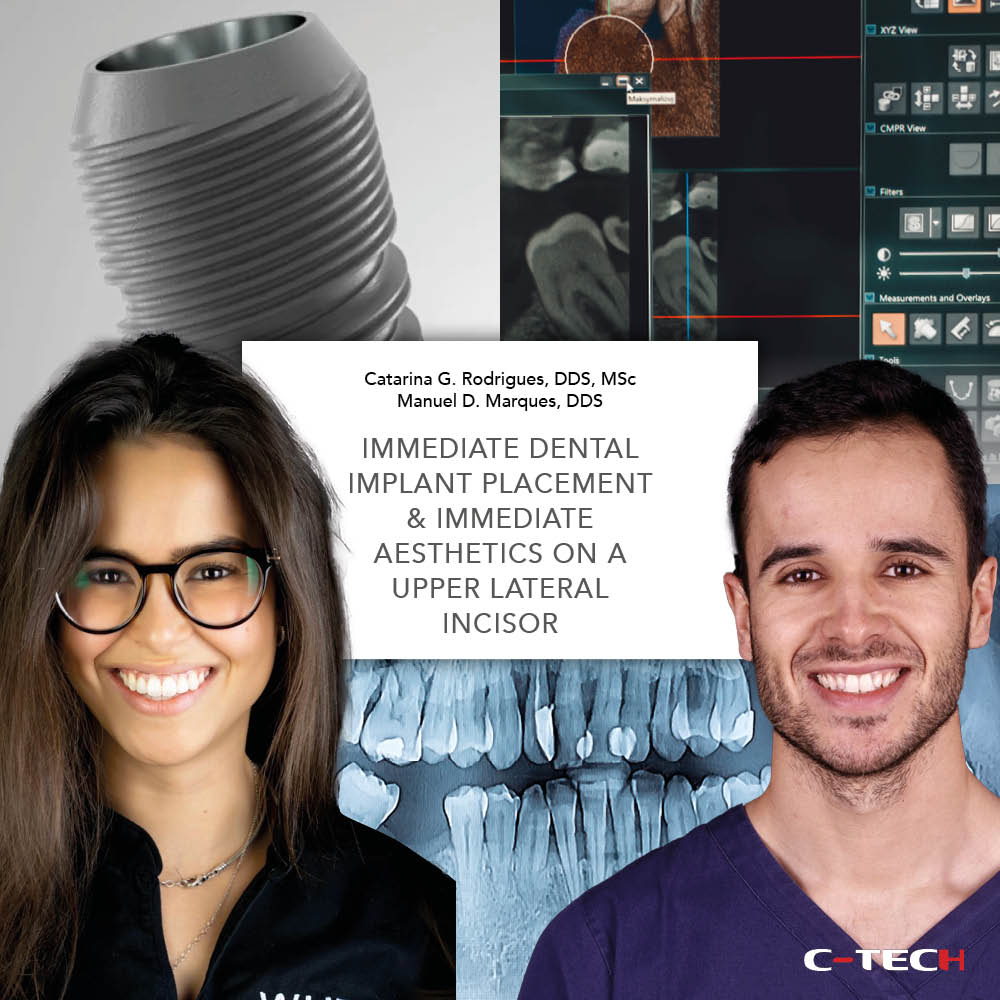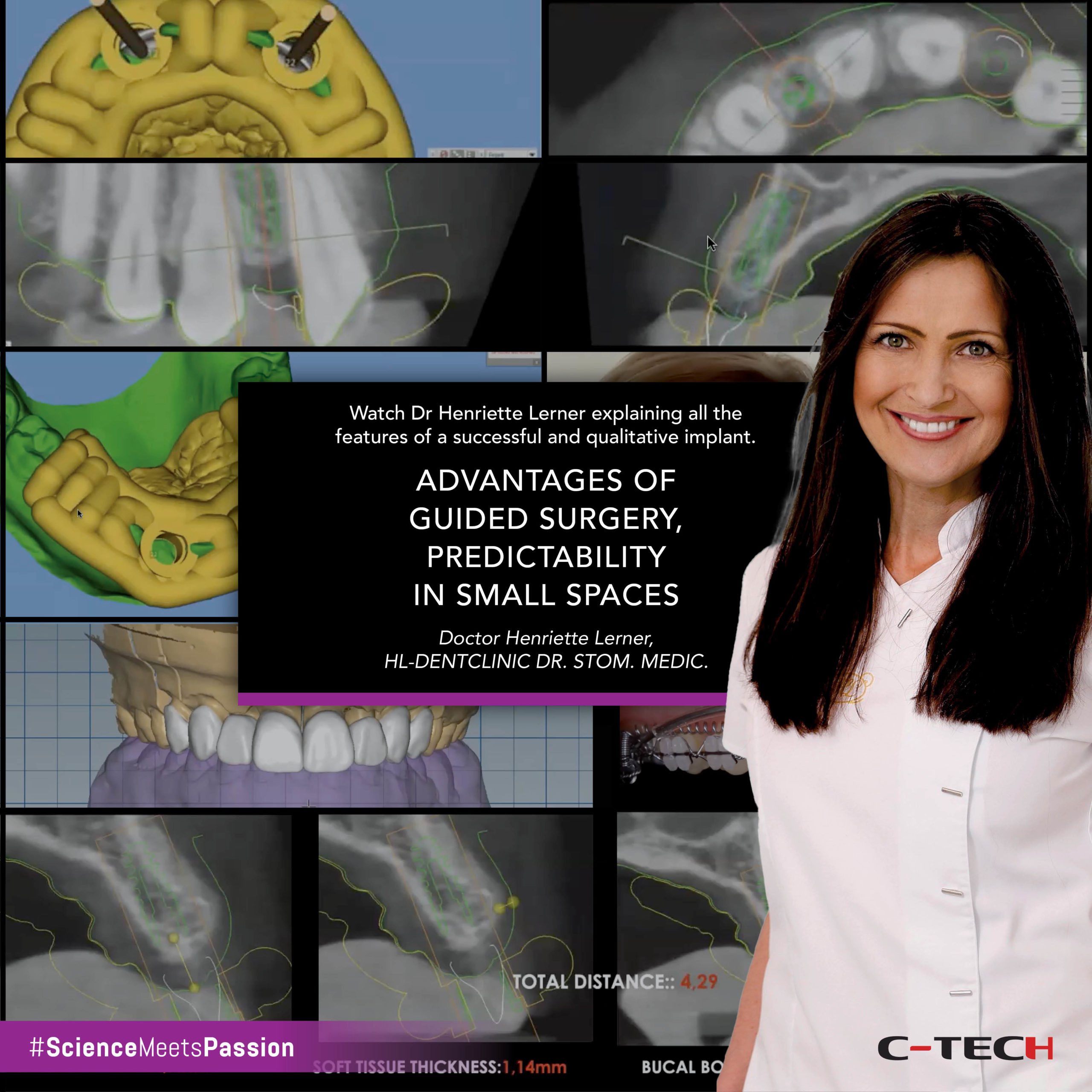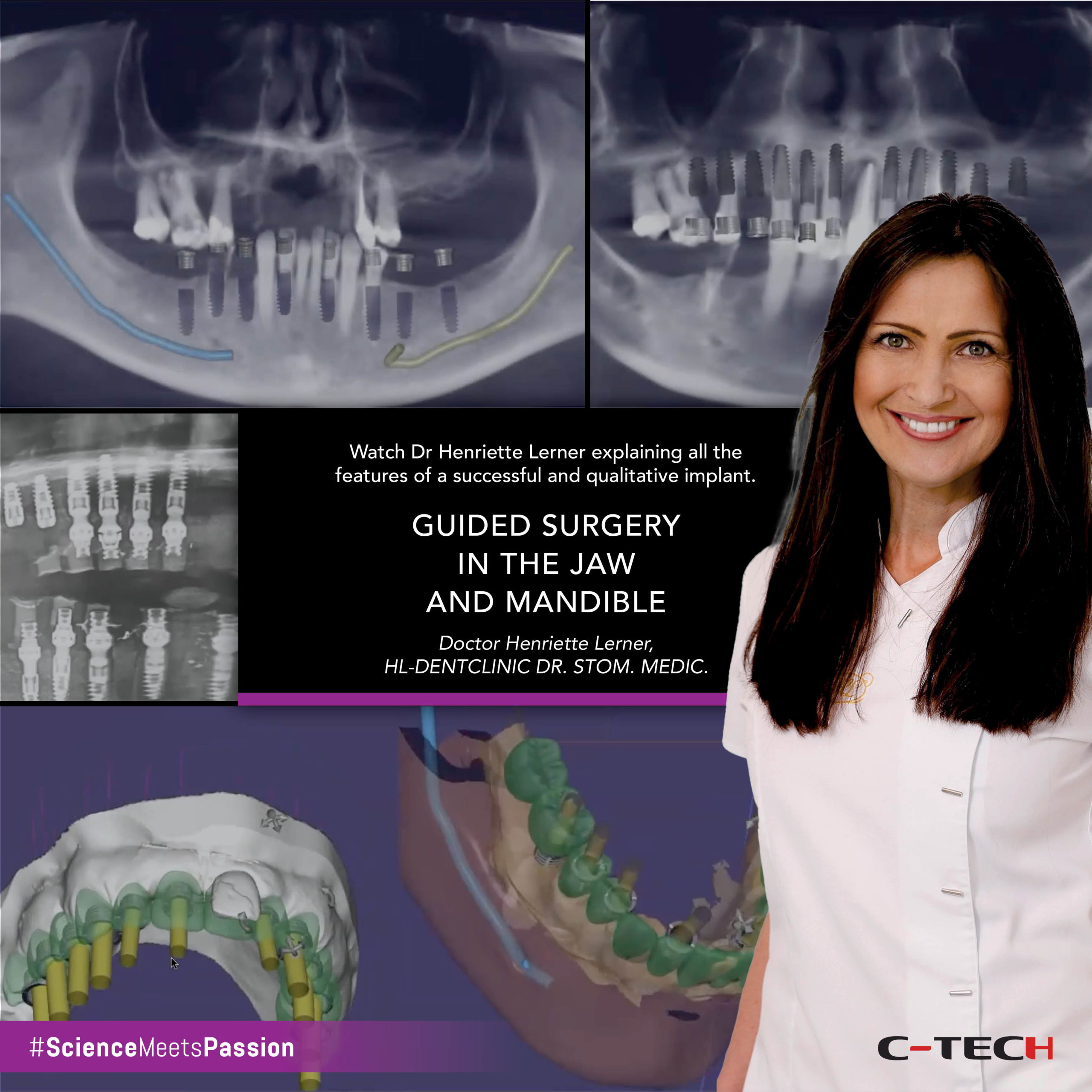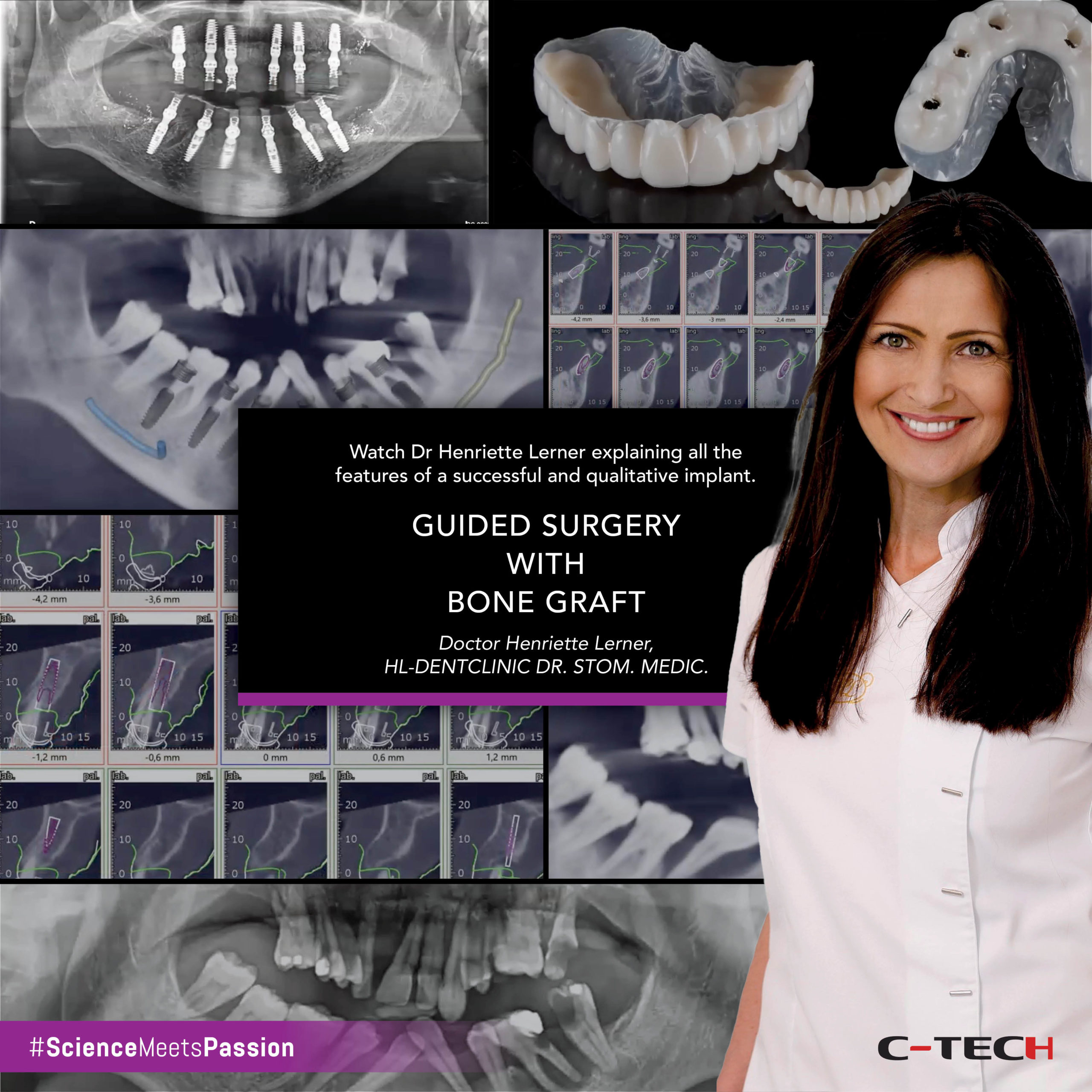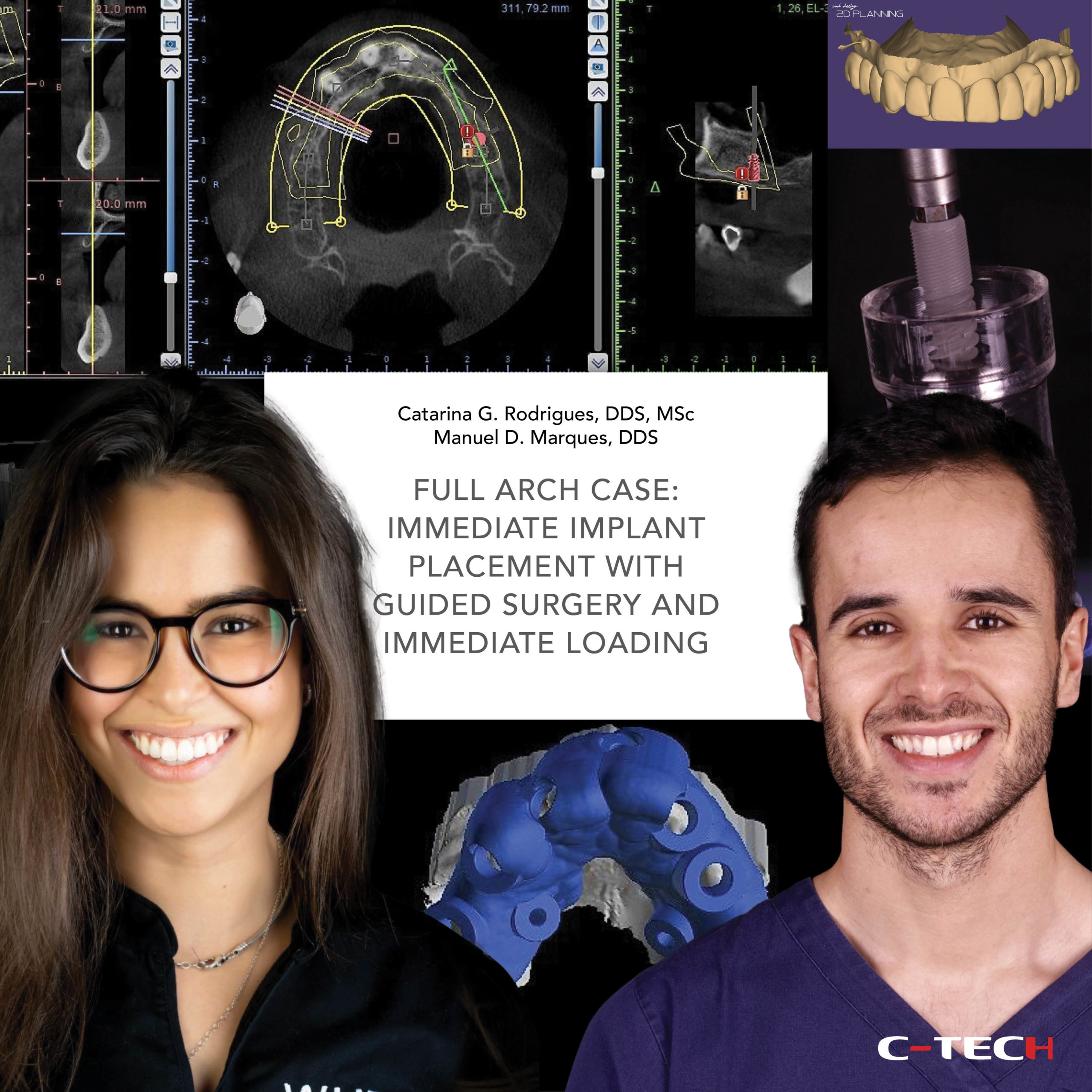Webinar | EL Esthetic Line: What are the ingredients of a great implant?
Watch Dr Henriette Lerner explaining all the features of a successful and qualitative implant.
“Probably you already have in your mind some main features that the implants need to have to make your treatment easier and more predictable in your procedures.
You probably already know that an implant must have a high bone implant contact surface and a design that increases this surface, giving you a long-term stability.
In the body of the implant, the implant is aggressive, which is a good thing for the sponge bone. In almost all implants systems, you have an undersized drilling procedure: the drilling is smaller than the implant, letting the implant go to the bone and giving you almost all the bone qualities, also, in the extraction socket, a very good primary stability.
You also have in the coloured part, a part that is not so aggressive, why? Because we know that the cortical bone is less vascularised, so it is more sensitive to forces. The forces are transformed through the small design of the threads into smaller forces that should protect the cortical bone and avoid resorption.
So, this is what you see in the whole implant restorations where nobody took care of the thickness of the bone; you must choose the implant design that makes your life easier and gives you some predictability.
Also, you can see, you have a kind of concave profile of the running room of merging profiles. What is the benefit of it?
The concave profile is attracting the soft tissue while giving it the possibility to have a certain volume and height, that you can use to protect the bone underneath.
Micromotions are also giving bone loss, micromotions are happening when the connection is not tight enough, when the microgap is very near to the bone.
So, what do we do?
We take implant systems that have a tight connection, less micromotion (or as little micromotion as possible) and less microgap. Moving the microgap from the bone level, that is called platform switching design, which is probably the most familiar thing that you know from the continuing education that you did.
So, in an implant, we need to look for initial stability and a very tight connection. Based on studies, the Morse stable conical connection is the most stable and seems to be smaller than a bacteria. So, if you have the choice, you choose implants that give you these advantages.
A good implant dentist is able to choose and to use properly the right system, but, if you choose implant systems that have certain features, it makes your life easier. You always need to know the features in order to understand the advantages of an implant system and to use it accordingly.”


